Sardar VallabhBhai PatelAwards
Indian Award
About Sardar Patel
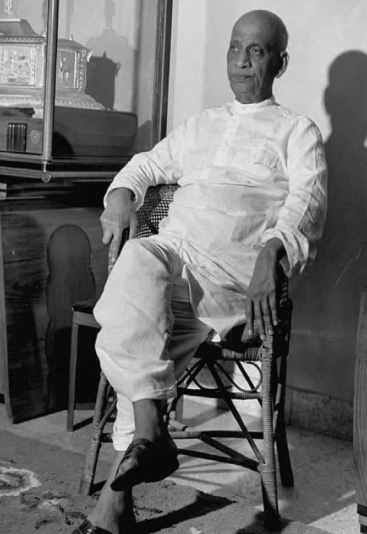
Sardar Patel - The Man Who United India
“By common endeavour we can raise the country to a new greatness, while lack of unity will expose us to fresh calamities. “- Sardar Vallabhbhai Patel
A prominent force in India’s struggle for independence, Vallabbhai Jhaverbhai Patel (October 31 1875 – December 15, 1950) lovingly known as Sardar Patel played a significant role in shaping the future of the country by leading the massive task of integrating a united independent nation. Often called as ‘unifier of India’, it was Patel who persuaded almost every self-governing princely state to accede to India and successfully brought 562 princely states into a single Union of India. The colossal ‘Statue of India’ is a dedication to the Iron Man of India for his uncompromising efforts and commitment towards national integration.
Not just towards the independence of India, Sardar Vallabhai Patel is also known to play an instrumental role in creating IAS – Indian Administrative Services for which he came to be known as ‘Patron Saint!’ It was under the chairmanship of Sardar Patel ‘Fundamental Rights and Economic Policy’ resolution was passed by the Congress in 1931.
.
Social Work & Services Towards Nation
An Indian barrister and statesman, Patel studied law in England and practiced in Ahmedabad. Although he wasn’t much keen during the initial stages of independence movement, a meeting in 1917 with Gandhi changed his views. It was then he left his law practice and committed himself to the struggle of independence and public welfare.
Sardar Patel during his years as the President of the Municipal Committee of Ahmadabad implemented several programs including water supply, sanitation, town and administration planning programs. He is known to have worked towards several social reforms including caste discrimination, untouchability, alcoholism and women empowerment.
First Home Minister and Deputy Prime Minister of Independent India, the Iron Man of India was posthumously awarded Bharat Ratna, India’s highest civilian award in 1991 and it was in 2014 it was announced that India would celebrate Patel’s birthday i.e., 31st October as National Unity Day or Rashtriya Ekta Diwas
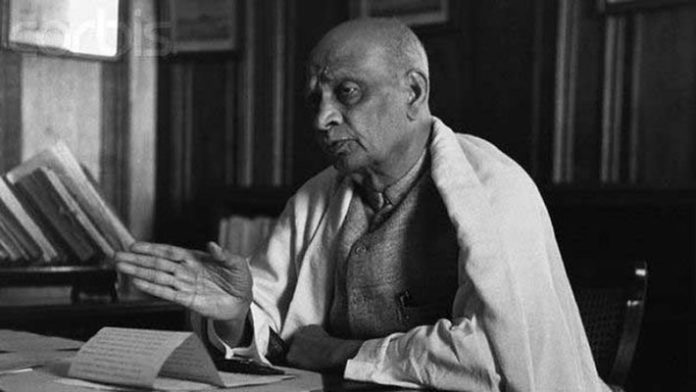
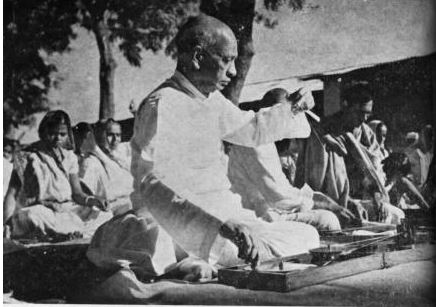
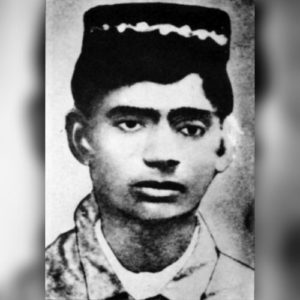
Early Life
Vallabhbhai was born in 1875 (October 31 as per matriculation certificate) in Nadiad village of Gujarat. He was the 4th in a family of 6 kids. He passed his matriculation at the age of 22
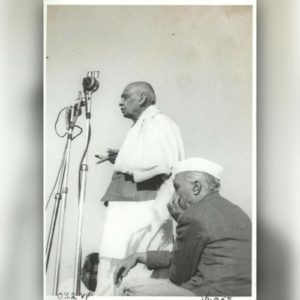
President of Congress - 1931
Just out of jail, in 1931, Patel was elected the President of the Indian National Congress (Karachi Session) - The time when nation was angry over the execution of Bhagat Singh, Rajguru & Sukhdev.
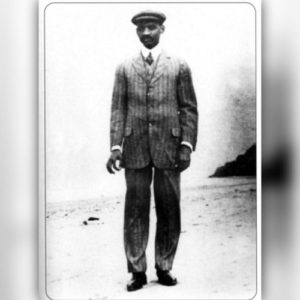
Barrister Days
When Patel decided to become a lawyer, he worked, saved funds & traveled to England (at 35). Borrowing books from lawyers, he passed his exams & became barrister within 2 years.
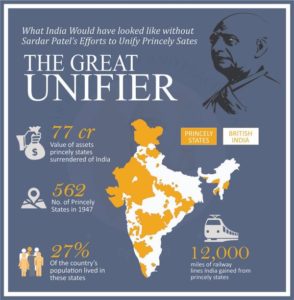
Nation Builder
Patel as Dy PM took charge of the States Department & was responsible for the accession of 562 princely states into the Union of India. Paying tribute to him, Nehru called Sardar 'the builder & consolidator of new India.'
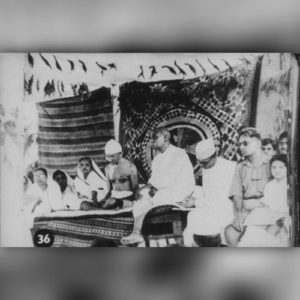
Bardoli Satyagraha
After participating in Kheda Satygraha with Gandhi, Patel led Bardoli satyagraha - a mass peasant protest, which not only got him national fame but also earned him the title of 'Sardar'
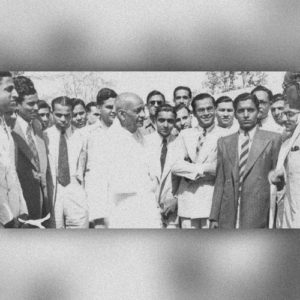
The Patron Saint of the IAS
The architect of modern India, Vallabhbhai Patel, the first Deputy Prime Minister is also remembered as the “patron saint of India’s civil servants” for having established the modern all-India services system